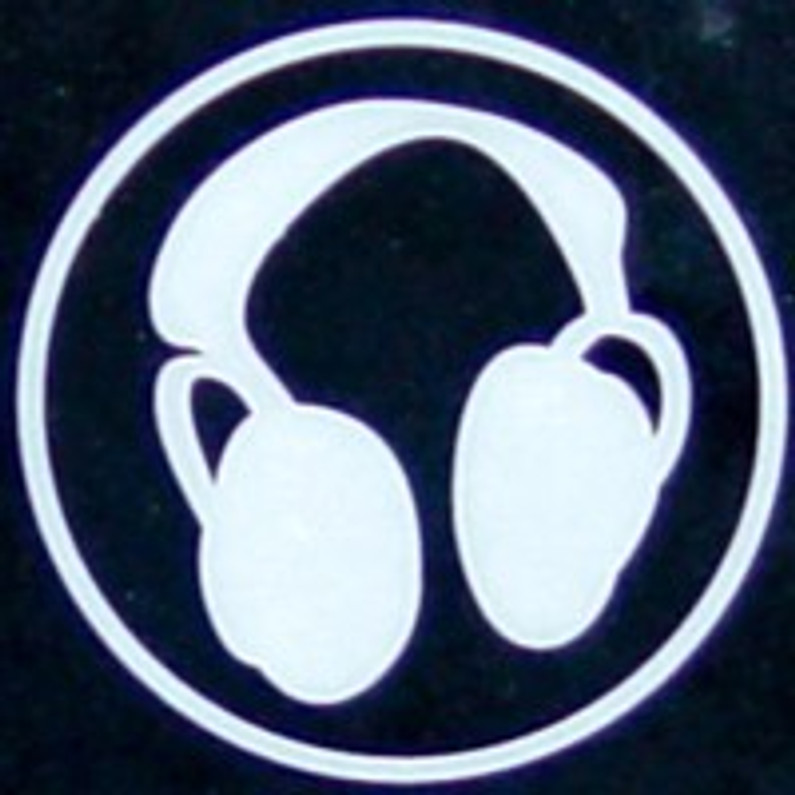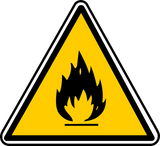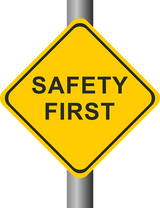The Hidden Dangers of Loud Noise Exposure
According to the Occupational Health & Safety Administration (OHSA), over 30 million American workers are exposed to dangerous levels of noise each year. And since 2004, nearly 125,000 workers have suffered from permanent hearing loss as a result of their job-related exposure to loud noise. These are all alarming statistics that should serve as a real eye-opener for companies. Thankfully, employees can reduce their chance of suffering from hearing loss by taking a proactive approach towards the problem. To learn more about the hidden dangers of loud noise exposure and how to prevent it, keep reading.
Let me first start off by saying that some noise is perfectly acceptable in the workplace. If employees performed their professional duties without the ability to listen, they wouldn't be able to communicate with one another; thus, reducing the company's productivity and efficiency. With that said, long-term exposure to exceptionally loud noise places employees at risk for hearing loss.
Legal Limitations on Noise Exposure
The OHSA places legal limitations on the amount of noise companies can expose workers to. This limitation is necessary to protect employees' health and well-being. Currently, the OHSA states that companies can not expose workers to more than 85 dBA in an 8-hour time frame. In addition, there's also an exchange rate of 3 dBA, which basically means that each 3 dBA increase doubles the sound level while cutting the time duration (standard 8 hours) in half.
For more information on the OHSA's official stance towards work-related loud noises, visit their page published here.
Dangers of Loud Noise Exposure
- Temporary or permanent hearing loss
- Chronic ringing in the ears (tinnitus)
- Headaches
- Elevated blood pressure
- Stress and fatigue
- Digestive problems
How To Protect Employees From Loud Noise Exposure
The first step companies should take towards reducing the chance of loud noise-related injury is to perform an analysis of their workplace along with their machinery and equipment. Older model factory machines tend to produce more noise while running less efficiency than new models. Investing in new machinery might offer a sounder environment for employees to work.
Of course, employees can also wear Hearing Protection Devices (HPD) to protect themselves from loud noise. These devices are available in a wide range of styles, sizes and designs, all of which focus on one single objective -- to protect the user's ears from loud noise. Wearing the appropriate HPD when working around loud machinery will reduce the chance of hearing loss.
Recent Posts
-
Fire Safety in the Workplace: What You Need to Know
What steps are you taking to prevent fires in your workplace? According to the U.S. Occupational Saf …Aug 23rd 2023 -
Is It Safe to Go Jogging With a Cold Infection?
If you're suffering from a cold infection, you might be wondering whether it's safe to go jogging. T …Aug 22nd 2023 -
5 Safety Tips to Follow When Using a Powder-Actuated Tool
Powder-actuated tools are commonly used to join materials to steel and concrete. Also known as Hilti …Aug 20th 2023




